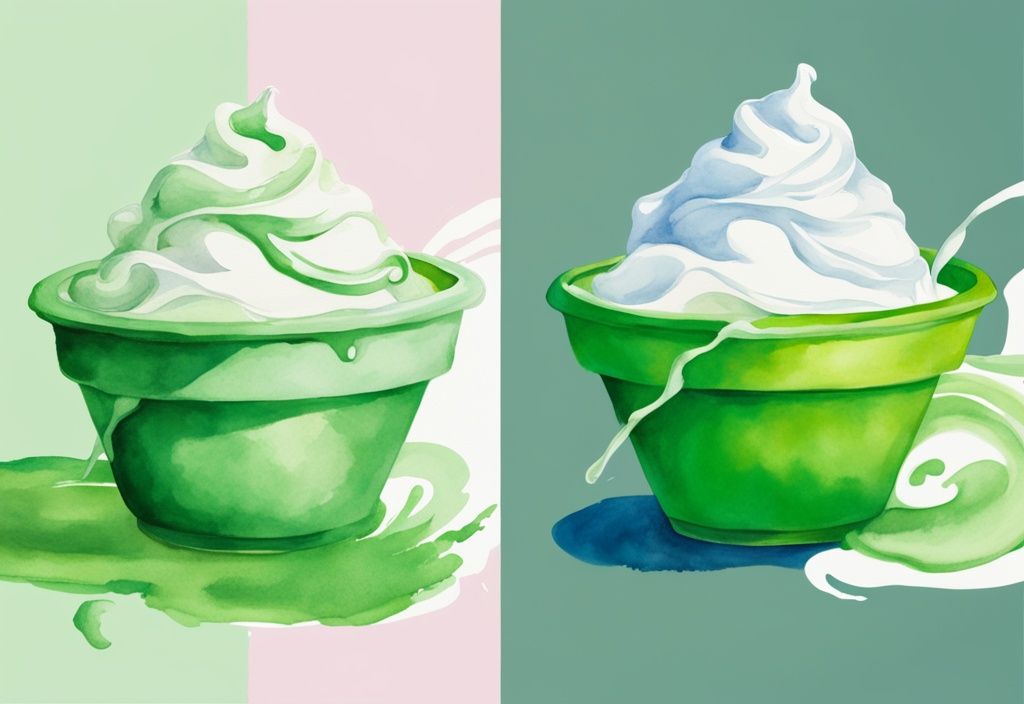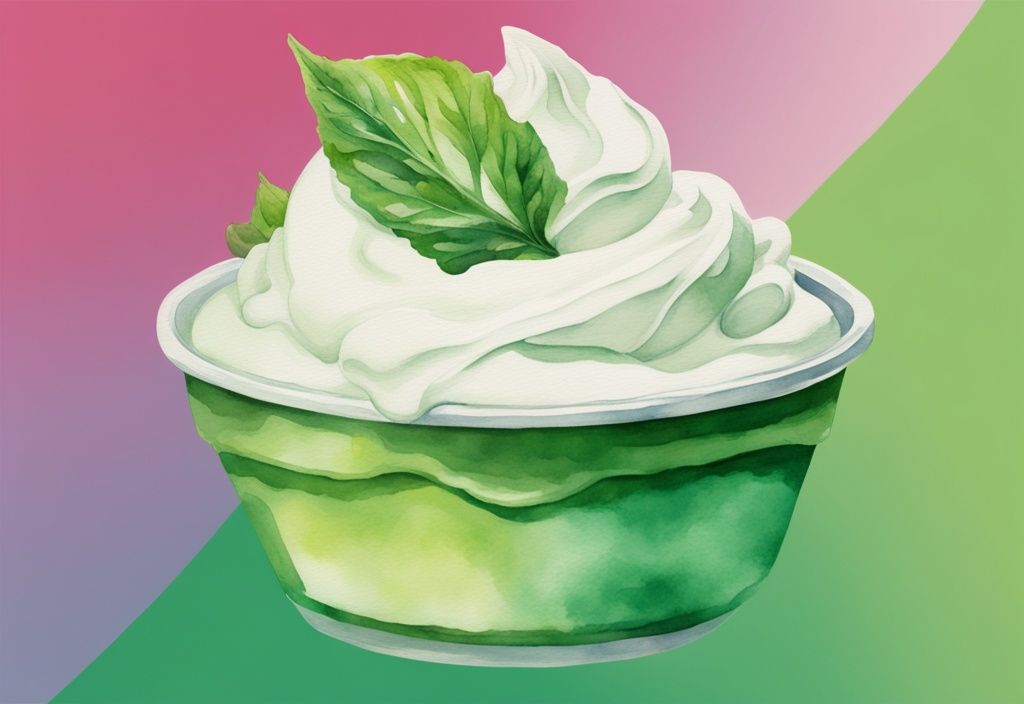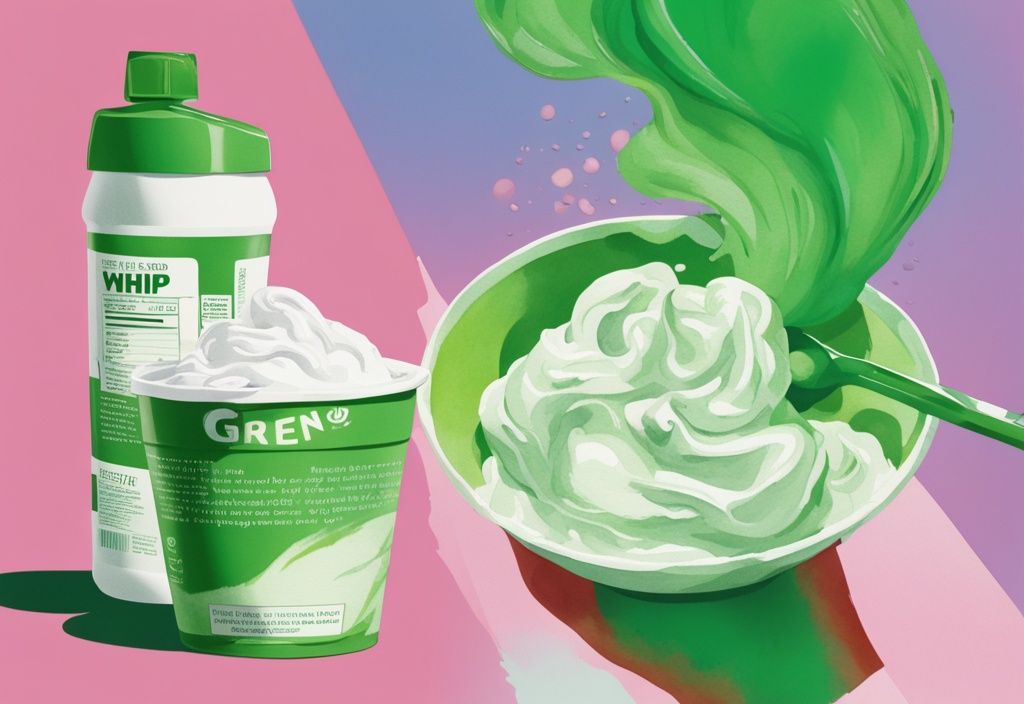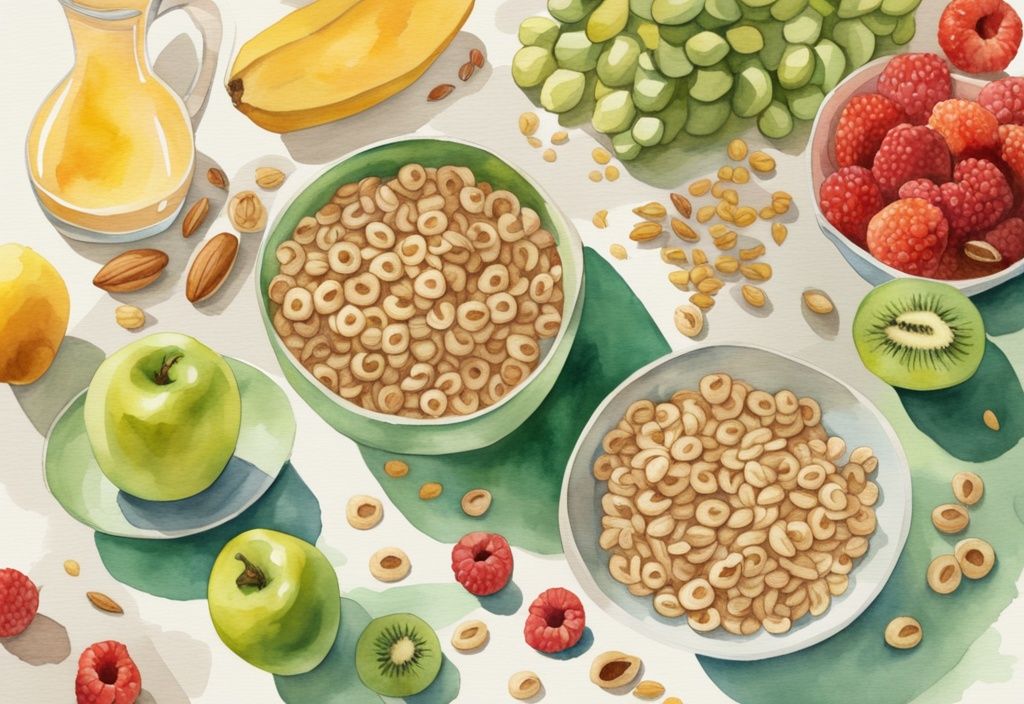Is Cool Whip Harming Your Health? Uncover the Truth Behind the Ingredients
Cool Whip has long been a cherished addition to desserts in many American homes, its creamy allure hard to resist. I remember the delight of adding a dollop to my favorite pie, but curiosity nudged me to look deeper into its ingredients. With components like high fructose corn syrup and hydrogenated oils, I began to wonder about its impact on our health. Could this convenient topping be more than just a sweet indulgence?
Join me as we explore Cool Whip’s nutritional profile and potential health risks, comparing it to traditional whipped cream. Together, we’ll discover healthier alternatives that satisfy your sweet cravings without compromising your well-being. Let’s unravel the truth and take steps towards a healthier lifestyle.
Understanding What Cool Whip Is
Cool Whip is a familiar ultra-processed whipped topping that many households rely on for its convenience and long shelf life. It’s often the go-to choice for topping desserts, thanks to its ease of use and ability to hold its shape. Yet, its ingredients have sparked health debates. Components like high fructose corn syrup, hydrogenated vegetable oils, artificial flavors, and emulsifiers give Cool Whip its signature texture and taste but also raise questions about its nutritional value and potential health effects.
Breaking Down the Ingredients of Cool Whip
Let’s delve into what makes up Cool Whip. The ingredients are a blend of substances designed to keep its consistency and flavor intact. High fructose corn syrup, a common sweetener, is linked to health concerns such as weight gain, obesity, diabetes, and heart disease. Hydrogenated vegetable oils can raise LDL (bad cholesterol) and lower HDL (good cholesterol), increasing cardiovascular risks. While artificial flavors and emulsifiers are generally deemed safe by the FDA, their long-term effects remain uncertain.
Sodium caseinate, derived from milk, might be problematic for those with lactose intolerance or milk allergies. Thickeners like xanthan and guar gums are also present; guar gum, in particular, can act as a laxative. Polysorbate 60, an emulsifier, has been associated with organ toxicity and tumors in lab mice. Sorbitan monostearate, known as synthetic wax, can cause skin and respiratory irritations. Sodium polyphosphate is another ingredient linked to accelerated aging and vascular damage. Among these, beta carotene stands out as the only non-toxic component.
The Nutritional Profile of Cool Whip
From a nutritional standpoint, Cool Whip offers little in terms of vitamins, minerals, or protein, making it a source of essentially empty calories. It contains fewer calories than traditional whipped cream, primarily due to artificial sweeteners rather than any nutritional benefits. Consuming Cool Whip in excess may contribute to weight gain because of its low nutrient density and high sugar content. For those mindful of their dietary choices, understanding Cool Whip’s nutritional profile is crucial in determining if it aligns with their health goals.

The Health Implications of Consuming Cool Whip
Exploring the ingredients in Cool Whip can reveal some surprising insights into its health effects. Each component has its own story, and understanding these can help you make informed choices about including it in your diet.
The Impact of High Fructose Corn Syrup
High fructose corn syrup (HFCS) in Cool Whip is a topic that often sparks debate. This sweetener is linked to weight gain and obesity because it adds calories without nutritional value. Over time, consuming HFCS can increase the risk of diabetes and heart disease by contributing to insulin resistance and raising blood sugar levels. Some studies even suggest that HFCS might contain trace amounts of mercury, which is concerning due to potential neurological damage. These factors make HFCS a controversial ingredient, leading many to question whether Cool Whip is a healthy choice.
Hydrogenated Vegetable Oils: What You Should Know
Hydrogenated vegetable oils in Cool Whip are another area of concern. They can raise LDL (bad cholesterol) levels while lowering HDL (good cholesterol), negatively impacting heart health. The trans fats present in these oils are particularly troubling, as they are associated with a higher risk of heart disease and stroke. Consuming such oils can lead to arterial plaque buildup, further increasing cardiovascular risks. Understanding these implications is crucial when deciding if Cool Whip fits into a healthy lifestyle.
The Role of Artificial Sweeteners in Cool Whip
Artificial sweeteners in Cool Whip might seem like a smart choice for cutting calories, but they come with their own health issues. These sweeteners can disrupt normal blood sugar regulation, potentially leading to insulin resistance. They can also alter taste preferences, making naturally sweet foods less appealing and impacting overall dietary habits. This highlights the need for caution when considering Cool Whip as part of a balanced diet.
Potential Allergens in Cool Whip
For those with food sensitivities, Cool Whip’s ingredients might pose allergen risks. Sodium caseinate, derived from milk, can be problematic for individuals with lactose intolerance or milk allergies. Additionally, the term “natural flavors” can be ambiguous, sometimes involving synthetic processes that may introduce allergens like gluten or forms of MSG. Being vigilant about ingredient labels is essential, especially if you have known food sensitivities. Understanding these potential allergens is vital for making informed dietary choices.
Comparing Cool Whip with Traditional Whipped Cream
When exploring whether Cool Whip is bad for you, it’s crucial to understand the differences in caloric content and nutritional profiles between Cool Whip and traditional whipped cream. This comparison can guide you in making healthier choices for your diet.
Caloric Content and Nutritional Differences
I’ve often found myself reaching for Cool Whip, thinking its lower calorie count would be a healthier choice. But let’s delve a bit deeper. While Cool Whip might appeal to those watching their calorie intake, it often sacrifices essential nutrients. Unlike traditional whipped cream, Cool Whip lacks vitamin A, calcium, and potassium—nutrients that are naturally present in its more traditional counterpart.

Traditional whipped cream, made from real cream, offers a richer nutrient profile. Yes, it has more calories, but these calories come from natural sources, providing genuine nutritional value. In contrast, Cool Whip’s lower calorie count is primarily due to artificial sweeteners and additives, which don’t offer any significant health benefits.
So, while Cool Whip might seem like a convenient, lower-calorie option, traditional whipped cream is generally considered healthier. Its natural ingredients and nutrient content make it a more wholesome choice, especially if you’re prioritizing a nutrient-rich diet. Understanding these differences can empower you to make informed decisions about the whipped toppings you choose to enjoy.
Healthier Substitutes to Cool Whip
How to Make Homemade Whipped Cream
Creating homemade whipped cream is a simple joy that offers a healthier alternative to Cool Whip. Using real cream and just a touch of sugar, you can craft a topping that’s both natural and nourishing. I remember the first time I made it, the process felt like a small victory for my health. Begin by chilling a mixing bowl and beaters in the fridge for about 15 minutes. Pour cold heavy cream into the bowl, adding a teaspoon of sugar for sweetness. Beat the mixture on medium-high until soft peaks form. This homemade version skips the artificial ingredients found in Cool Whip and provides essential nutrients like vitamin A and calcium. It’s a more wholesome choice for your desserts, and trust me, your body will thank you.
Exploring Dairy-Free Whipped Cream Options
For those of us with dairy allergies or lactose intolerance, there are fantastic dairy-free whipped cream alternatives. Coconut whipped cream is a favorite of mine, offering a creamy texture and a hint of coconut flavor. To make it, refrigerate a can of full-fat coconut milk overnight. Scoop the solidified cream into a chilled bowl and whip it until fluffy. If you’re looking for something different, almond milk-based whipped toppings available in stores offer a nutty flavor and a light, airy consistency. These options cater to dietary needs while keeping the joy of a whipped topping alive. They ensure everyone can indulge in a delicious and non-toxic dessert experience.
Conclusion: Is Cool Whip Bad for You?
Enjoying Cool Whip in moderation can be a delightful treat. Its sweet, creamy texture often brings back fond memories of family gatherings and festive desserts. However, it’s crucial to remember that Cool Whip isn’t a health food. With its high sugar content and lack of essential nutrients, it shouldn’t become a regular part of your diet.

Some ingredients in Cool Whip, like high fructose corn syrup and hydrogenated oils, have raised concerns. They’ve been associated with health issues such as obesity and cardiovascular problems. These ingredients contribute to its low nutritional value. So, while an occasional dollop on your pie is unlikely to harm you, making it a habit could steer you away from a diet filled with whole, nutrient-rich foods.
Being aware of what you’re consuming is empowering. Understanding the ingredients and nutritional content of products like Cool Whip helps you make choices that align with your health goals. By staying informed, you can decide how these treats fit into your lifestyle, ensuring your diet supports your well-being and vitality.
Frequently Asked Questions
Exploring the health implications of Cool Whip can help you make informed choices about its place in your diet. Here, we delve into common concerns and considerations.
Can I Safely Consume Cool Whip Occasionally?
Absolutely, enjoying Cool Whip now and then is generally safe for most people. I remember when I first discovered it at a family gathering; it was a delightful treat! However, it’s important to balance these indulgences with a diet full of whole, nutrient-rich foods. This balance supports your overall health and well-being.
What are the Main Health Concerns with Cool Whip?
When it comes to Cool Whip, there are a few ingredients that raise eyebrows. High fructose corn syrup, hydrogenated oils, and artificial sweeteners are at the top of the list. These components can pose various health risks. Plus, Cool Whip lacks nutritional value and may contain allergens, which is something to keep in mind if you have sensitivities.
Are There Any Nutritional Benefits to Eating Cool Whip?
In terms of nutrition, Cool Whip doesn’t offer much. It’s low in essential nutrients like vitamins, minerals, and protein. Essentially, it’s made up of empty calories. While it might add a fluffy touch to your dessert, it doesn’t contribute significantly to your nutritional needs.
Hi, I’m Olivia Green, the voice behind nontoxicways.com. I’m passionate about helping you make the shift to a healthier, non-toxic lifestyle without feeling overwhelmed. I love sharing my personal journey, from small changes to big transformations, along with practical tips that make it all feel doable. My goal is to inspire and guide you toward a lifestyle that benefits both your well-being and the planet. Let’s take this journey together, one simple step at a time!














Post Comment